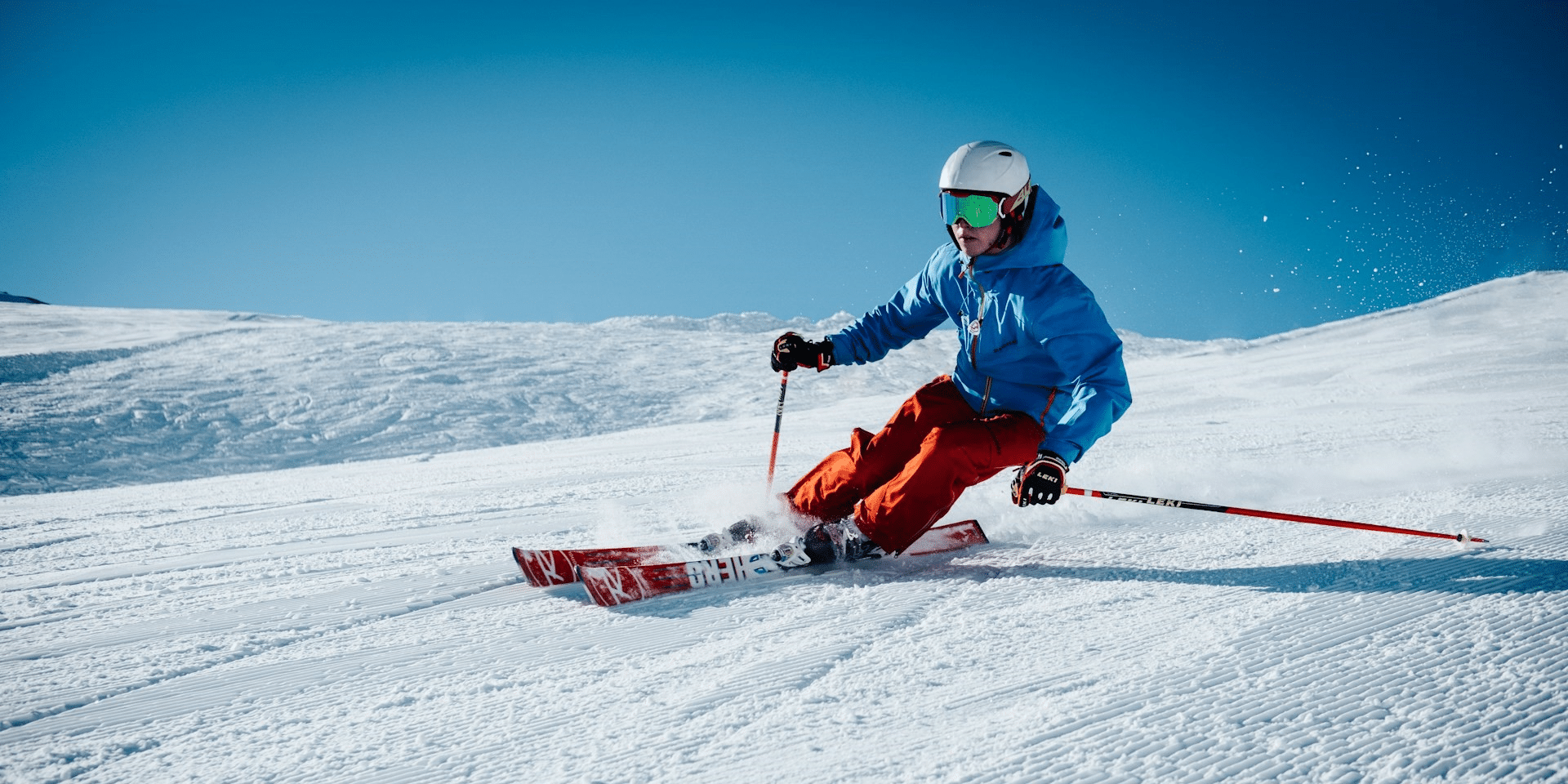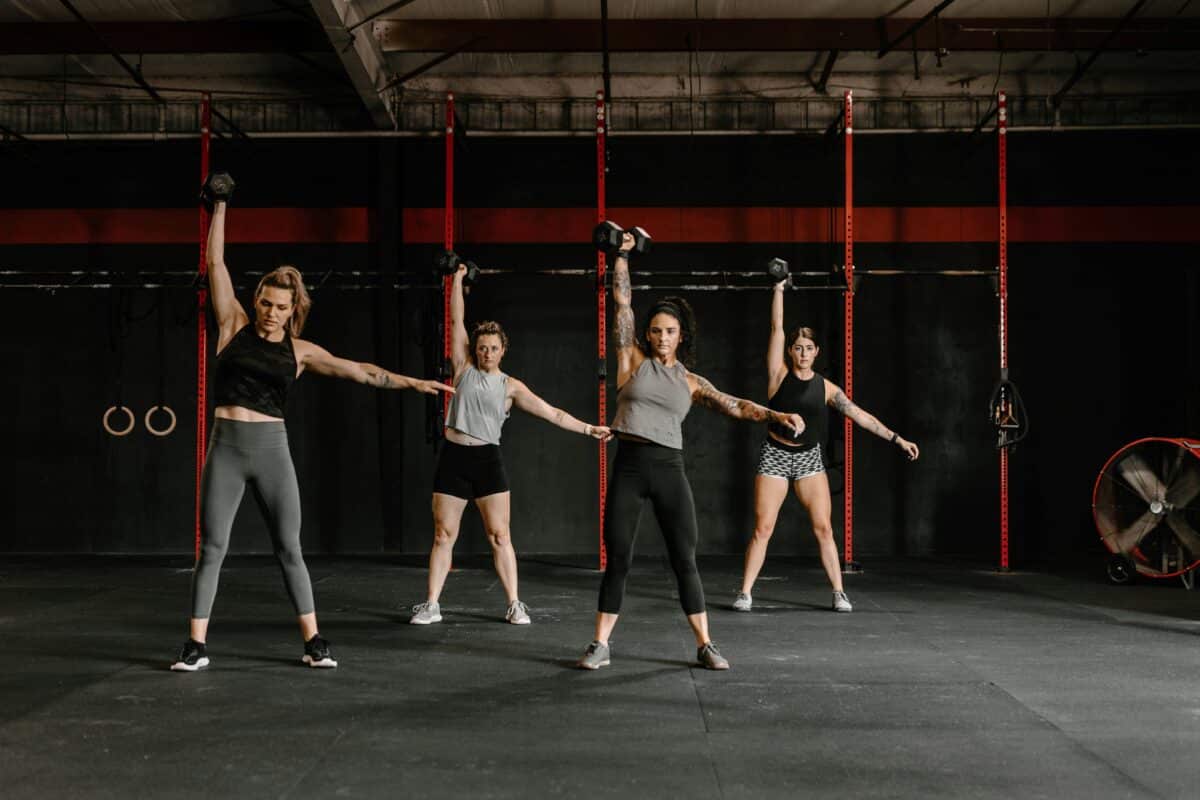How to Safeguard Your Credit Information
Safeguarding credit information is an essential aspect of personal financial security. It plays a critical role in determining not just an individual’s access to loans, credit cards, and mortgages, but also their ability to manage their financial well-being in general. A compromised credit report or identity theft can have long-lasting consequences, affecting everything from credit scores to the ability to secure housing or employment. Understanding how to protect credit information can reduce the risks of fraud and identity theft and ensure that one’s financial identity remains secure.
Read also: How Does User-Generated Content Drive Authenticity and Engagement?
Why Protecting Credit Information is Important
Credit information includes sensitive data such as your credit report, credit scores, account numbers, and personally identifiable information (PII). This data is frequently used by financial institutions to assess an individual’s financial reliability, which in turn impacts their access to credit and other financial services. If unauthorized parties gain access to this information, they could potentially open credit accounts in your name, causing substantial damage to your financial standing and credit score.
The increasing use of online platforms and digital transactions has made it more convenient to manage financial activities but has also introduced new avenues for data breaches and cyberattacks. Being proactive about protecting credit information is essential not just to prevent fraud but also to maintain privacy and minimize the risk of identity theft.
Recognizing the Risks to Credit Information
To effectively safeguard credit information, it is first important to understand the different risks individuals face. Common threats include:
-
Identity Theft: When someone illegally uses another person’s credit information to open new accounts, take out loans, or make unauthorized purchases.
-
Phishing and Social Engineering: Fraudsters may attempt to trick individuals into revealing sensitive credit information through phone calls, emails, or fake websites.
-
Data Breaches: Large-scale cyberattacks can expose credit and personal data stored by institutions, sometimes affecting millions of individuals at once.
-
Skimming and Card Cloning: Criminals may use devices to skim information from credit cards during transactions, making it possible to clone and misuse them.
These risks highlight the importance of not only being cautious when handling credit information but also taking specific steps to protect it from potential exposure.
Steps to Safeguard Credit Information
The protection of credit information is a combination of awareness, precautionary measures, and regular monitoring. Here are some practical steps individuals can take to secure their credit information:
1. Use Strong Passwords and Multi-Factor Authentication
One of the simplest yet most effective ways to protect credit information is by using strong, unique passwords for online accounts. A strong password is one that combines a mix of upper- and lower-case letters, numbers, and special characters. Additionally, individuals should avoid reusing the same password across multiple sites.
For added protection, enabling multi-factor authentication (MFA) on accounts that store sensitive information, including credit card accounts or financial institutions, is highly recommended. MFA requires an extra layer of verification, such as a code sent to a mobile device or an authentication app, before granting access. This significantly reduces the risk of unauthorized access, even if someone manages to obtain the password.
2. Regularly Monitor Your Credit Reports
It is advisable to monitor credit reports regularly to identify any suspicious or unauthorized activity early. In many regions, individuals are entitled to a free credit report from the major credit bureaus (e.g., Experian, Equifax, TransUnion) at least once a year. Monitoring credit reports allows individuals to spot inaccuracies, discrepancies, or unfamiliar accounts that might indicate fraudulent activity.
In the event of a fraudulent account or error, it is important to report the issue to the credit bureau and the institution involved. Taking swift action helps prevent further misuse and may limit the damage to the individual’s credit.
3. Be Mindful of Phishing Scams
Phishing scams, whether through email, phone calls, or text messages, are a common method for criminals to obtain personal information. These scams often involve fraudulent communications that appear to come from legitimate institutions, such as banks or government agencies, asking for credit card numbers, passwords, or other personal details.
To protect oneself from phishing, it is important to avoid clicking on links in unsolicited emails or messages, especially those that ask for personal or financial information. When in doubt, it’s better to contact the organization directly using official contact information.
4. Place a Credit Freeze or Fraud Alert
A credit freeze restricts access to an individual’s credit report, making it difficult for anyone to open new accounts in their name. When a freeze is in place, lenders cannot review the credit report, which can effectively prevent identity thieves from using the credit information to commit fraud. While a credit freeze can be temporarily lifted when applying for credit, it offers an additional layer of protection against unauthorized access.
Alternatively, a fraud alert can be placed on a credit report, notifying potential lenders to verify an individual’s identity before approving new credit applications. This alert is typically active for a year and can be extended if necessary.
5. Use Secure Networks and Devices
In today’s digital age, many financial activities are conducted online. Ensuring the security of the devices and networks used to access credit information is paramount. Using a virtual private network (VPN) when accessing the internet, particularly on public Wi-Fi, can help protect data from being intercepted by malicious actors. Additionally, using antivirus and anti-malware software on devices that store sensitive information helps detect and block potential security threats.
Always ensure that financial websites are secure before entering any credit information. Look for “https://” in the web address and a padlock symbol, indicating that the website uses encryption to protect your data.
6. Shred Sensitive Documents
Old paper statements, credit offers, and other documents that contain personal information should be securely disposed of by shredding them. This practice helps prevent individuals from accessing sensitive credit information in an unsecured manner, such as through garbage or recycling bins. In particular, any documents containing account numbers or other identifiable information should be shredded before being discarded.
7. Educate Yourself About Data Breaches
Data breaches at organizations or financial institutions can expose vast amounts of personal information, including credit data. Being informed about potential breaches and knowing how to respond can help mitigate risks. Many companies offer services that notify individuals if their data has been compromised in a breach. These services can help individuals take immediate action, such as changing passwords, freezing credit, or placing fraud alerts.
What to Do If Your Credit Information Is Compromised
Despite taking preventive measures, it is still possible for your credit information to be compromised. If you believe your credit has been affected by fraud or identity theft, it’s important to act quickly:
-
Contact the Credit Bureaus: Place a fraud alert on your credit reports and consider freezing your credit. You should also review your credit reports for any unauthorized activity.
-
Report Fraud: File a report with the relevant authorities or consumer protection agencies to document the fraud and help prevent further damage.
-
Monitor Accounts: Regularly check your bank and credit card statements for any unauthorized transactions.
Quickly responding to a breach can help limit the extent of the damage and prevent long-term harm to your financial reputation.
Read also: Overlooked Credit Card Protections Every Entrepreneur Needs
Maintaining Long-Term Protection
Protecting credit information is not a one-time task but an ongoing responsibility. As technology and security threats evolve, so must the strategies used to protect personal and credit data. Staying informed about best practices for credit information protection, such as using strong passwords, enabling multi-factor authentication, and regularly monitoring credit reports, can help individuals keep their financial information secure.
By remaining vigilant and proactive in their efforts, individuals can reduce the risks of credit information theft and ensure their personal financial security remains intact over the long term.











